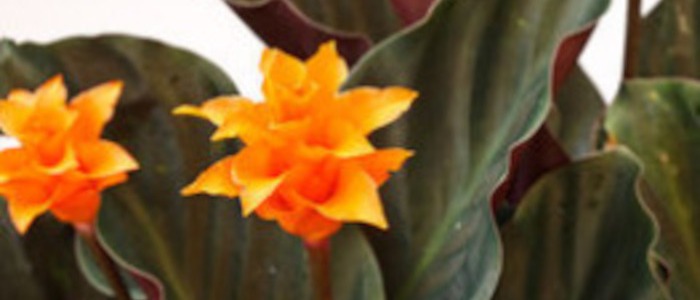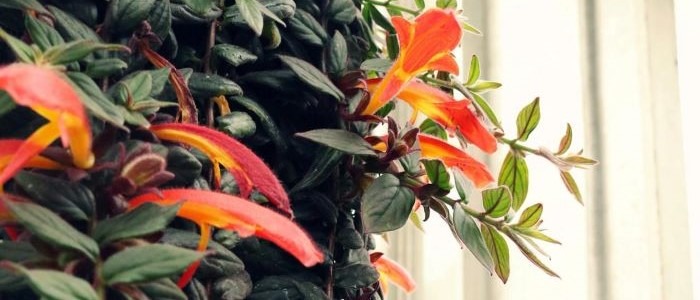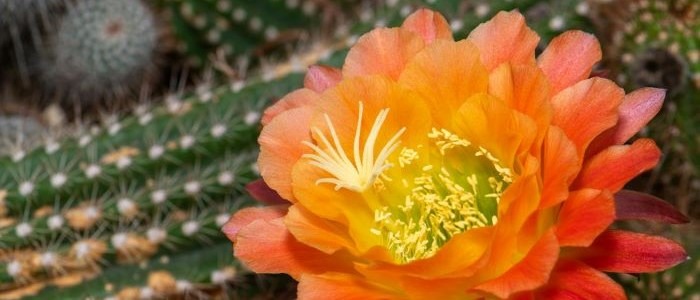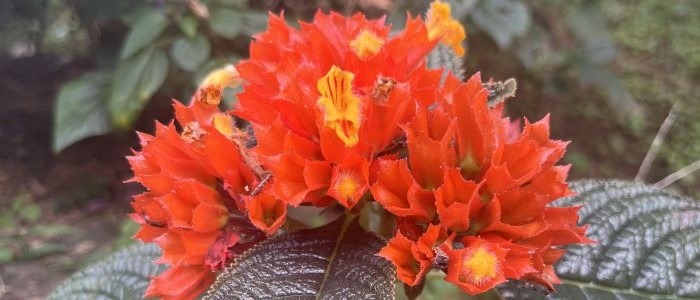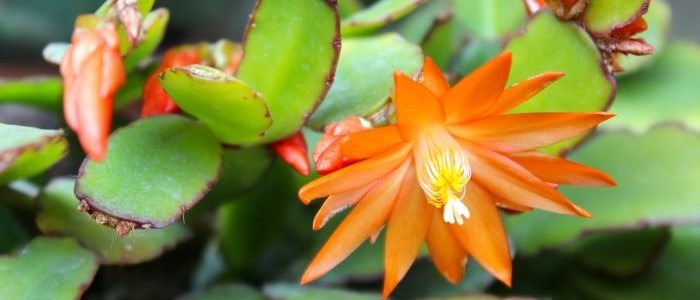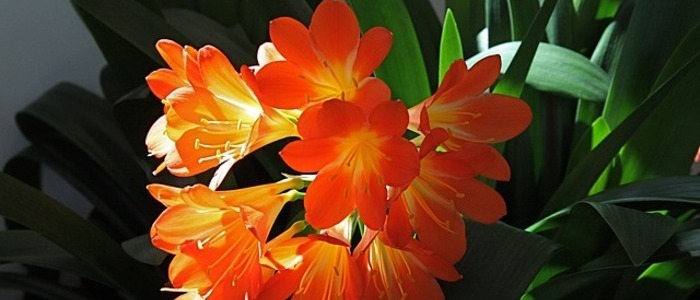If you’ve never heard of the flowering maple plant, you’re not alone. Abutilon is an enormous genus of flowering plants belonging to the Malvaceae family, and it is found throughout the Americas, Africa, Asia, and Australia.
The flowering maple plant is a popular houseplant in northern and southern climates. The flowers of this tree come in many varieties, including pink, red, and yellow. Despite their small size, Abutilon flowers are the most attractive among all other types. In colder climates, flowering maples are grown as annuals and can grow to 10 feet tall.
The flowering maple plant is generally safe for home landscapes, but the leaves are toxic to livestock. Although the plant isn’t harmful to humans, it can cause skin disorders and rashes. The foliage of this plant is palmate and sometimes serrated. The flowers themselves are cup-shaped but open up to a flat trumpet shape. Despite their small size, Abutilon flowers are the most attractive among all other types.
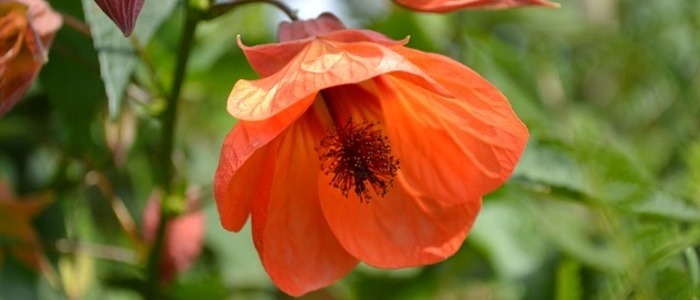
Flowering Maple Frequently Asked Questions
How big will a flowering maple get?
Abutilon or Flowering Maple as it is commonly called is an enormous genus of flowering plants belonging to the Malvaceae family, they are grown as annuals and can grow anywhere from 18 inches to 10 feet tall.
Is flowering maple poisonous?
The correct name of the Flowering Maple is Abutilon, this plant is not a maple it is from the Mallow family, Malvaceae. The leaves are toxic to livestock; although the plant isn’t harmful to humans, it can cause skin disorders and rashes.
How do you propagate a flowering maple tree?
A flowering maple plant can be propagated through stem cuttings or by sowing seeds. After sprouting, the tree needs at least 3 weeks to grow to a desirable size. It needs a well-lit, sunny location. It should be placed in a window that faces east. You can also use a rooting hormone to stimulate the growth of new roots.
Taking Care of the Flowering Maple Plant
The flowering maple (Abutilon x hybridum) produces papery blossoms all year round. Its twiggy stems can grow up to four feet and flower colors vary with cultivars. They typically bloom during the spring and summer months but can bloom year-round indoors. However, to get the most out of the blooms, you need to take proper care. Below are some tips for taking care of the flowering maple.
When planting a Flowering Maple cutting, make sure to use good quality potting soil that is enriched with beneficial soil microbes. The soil should be slightly acidic and rich in nutrients. Make sure to dunk the cutting in a rooting hormone before planting it. Next, insert the cutting into a moist seed-starting potting mix. Cover with plastic and place it in indirect light for four to six weeks. Upon completion of the initial four to six weeks, transplant the cutting into regular potting soil.
The Flowering Maple is a relatively low-maintenance plant and will grow to ten feet tall if planted outdoors. It thrives in 60-70 degree temperatures. Most flowering maples are considered houseplants and respond best to pruning early in the spring, as it prevents the branches from becoming too rangy. Unlike other flowers, abutilons don’t need much care, although you should protect them from frost and watch for scale insects. Propagation is possible from seeds and softwood cuttings at any time of year.
Tips For Propagating the Flowering Maple Plant
A flowering maple plant can be propagated through stem cuttings or by sowing seeds. After sprouting, the tree needs at least 3 weeks to grow to a desirable size. It needs a well-lit, sunny location. It should be placed in a window that faces east. You can also use a rooting hormone to stimulate the growth of new roots. Make sure to remove the rooting hormone powder before planting the cuttings. Then insert the cuttings into a seed-starting potting mix.
The Flowering Maple prefers a moderately humid environment, and it does well in rooms 65 to 75 degrees Fahrenheit. During the winter, indoor humidity can drop dramatically. To maintain humidity for houseplants, you should install a cool-mist room humidifier. The flowering maple likes a peat moss-based potting mix. A cool-mist room humidifier will be your best bet when you’re in a winter climate.
Pruning the Flowering Maple Plant
If you’re wondering how to prune the flowering maple plant, then read on to discover the basic methods. This plant can grow to be up to 10 feet tall outdoors and as low as four feet in pots indoors. By pruning it regularly, you can keep it smaller. Here are a few simple tips to help you keep it looking its best. You can even try to prune it before its flowering season starts.
This plant has a distinctly feminine scent and blooms from spring through fall. When grown indoors, it will reach a height of 2ft to 3ft. It responds well to pruning in the spring. A third of the plant can be removed each year. Prune it to maintain its shape and size and prevent it from becoming leggy.
You can also cut back the leggy parts of the plant to promote more blooms. The cutbacks should be no more than one-third of the plant’s height. Make sure you remove any spent blooms before pruning the plant. Also, make sure that the pruning cuts are made just above the node. This way, you won’t weaken the plant before winter. If you prune it back too much, the plant will grow more slowly than normal and will end up with no live nodes.
Common Problems Associated With the Flowering Maple
Several problems are associated with the flowering Maple. Regardless of the particular type of flowering maple you choose, a few of these problems will occur in your garden. Below we’ll discuss the most common of these problems.
Whether you are considering getting a flowering maple as a houseplant or as an outdoor garden plant, it’s important to know what you’re dealing with. Here are a few tips to help you take care of your tree and avoid some of its most common problems.
Tar spot – This problem can affect all types of maple trees. The spots can range from a pinprick to a half dollar (4 cm), resulting from fungi hiding in the decaying leaves. To prevent this problem, rake up dead leaves regularly and apply a fungicide. If you’re concerned about a particular problem, you can contact your local Cooperative Extension office for advice.
Late frost – The late frost has stressed the trees. Apply a mild fertilizer to the affected area, which should help them rebound by mid-July. Watering your maple tree regularly should also help. A tree with late frost is especially susceptible to sucking insects, but it should be okay by July. And don’t be alarmed if it hasn’t leafed yet, it’s usually hardy enough to recover.
Other House Plants With Orange Flowers
